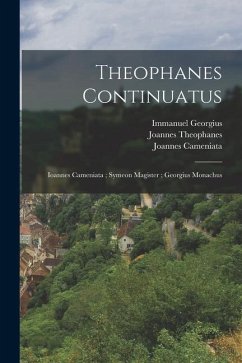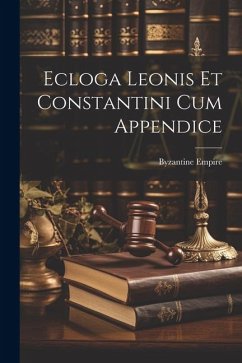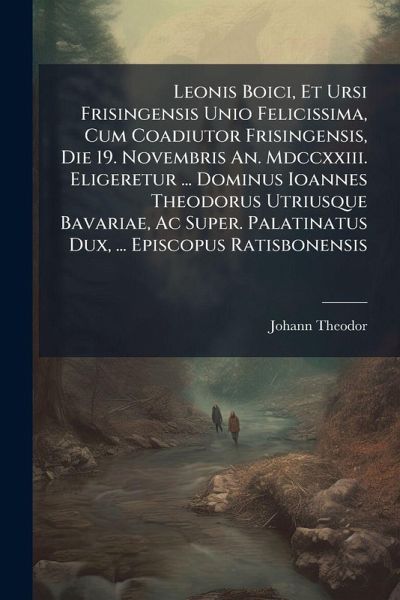
Leonis Boici, Et Ursi Frisingensis Unio Felicissima, Cum Coadiutor Frisingensis, Die 19. Novembris An. Mdccxxiii. Eligeretur ... Dominus Ioannes Theodorus Utriusque Bavariae, Ac Super. Palatinatus Dux, ... Episcopus Ratisbonensis
Versandkostenfrei!
Versandfertig in über 4 Wochen
14,99 €
inkl. MwSt.

PAYBACK Punkte
7 °P sammeln!
Leonis Boici, Et Ursi Frisingensis Unio Felicissima, Cum Coadiutor Frisingensis, Die 19. Novembris An. Mdccxxiii. Eligeretur ... Dominus Ioannes Theodorus Utriusque Bavariae, Ac Super. Palatinatus Dux, ... Episcopus Ratisbonensis is a historical Latin text commemorating the election of Ioannes Theodorus as Coadiutor Frisingensis on November 19, 1723. As a record of this significant event, the text provides valuable insights into the religious and political landscape of Bavaria and the surrounding regions during the early 18th century. This volume, Celebrata A Musis..., offers a glimpse into th...
Leonis Boici, Et Ursi Frisingensis Unio Felicissima, Cum Coadiutor Frisingensis, Die 19. Novembris An. Mdccxxiii. Eligeretur ... Dominus Ioannes Theodorus Utriusque Bavariae, Ac Super. Palatinatus Dux, ... Episcopus Ratisbonensis is a historical Latin text commemorating the election of Ioannes Theodorus as Coadiutor Frisingensis on November 19, 1723. As a record of this significant event, the text provides valuable insights into the religious and political landscape of Bavaria and the surrounding regions during the early 18th century. This volume, Celebrata A Musis..., offers a glimpse into the ecclesiastical practices and the cultural milieu of the time. It is a valuable resource for historians, theologians, and scholars of Latin literature, providing a contemporary account of a key moment in the history of the Bishopric of Freising and the broader Holy Roman Empire. This work has been selected by scholars as being culturally important, and is part of the knowledge base of civilization as we know it. This work was reproduced from the original artifact, and remains as true to the original work as possible. Therefore, you will see the original copyright references, library stamps (as most of these works have been housed in our most important libraries around the world), and other notations in the work. This work is in the public domain in the United States of America, and possibly other nations. Within the United States, you may freely copy and distribute this work, as no entity (individual or corporate) has a copyright on the body of the work. As a reproduction of a historical artifact, this work may contain missing or blurred pages, poor pictures, errant marks, etc. Scholars believe, and we concur, that this work is important enough to be preserved, reproduced, and made generally available to the public. We appreciate your support of the preservation process, and thank you for being an important part of keeping this knowledge alive and relevant.



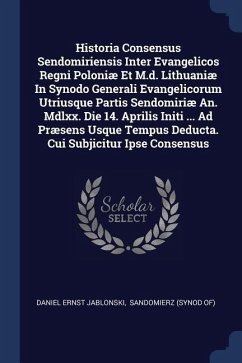
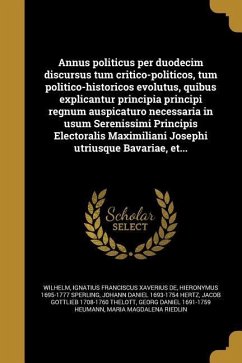
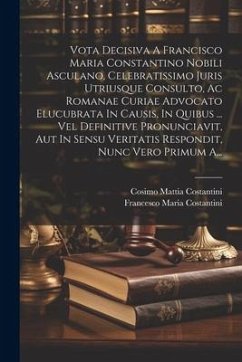
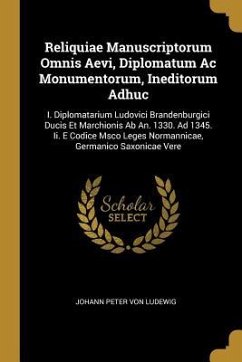
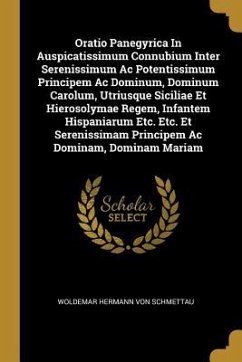
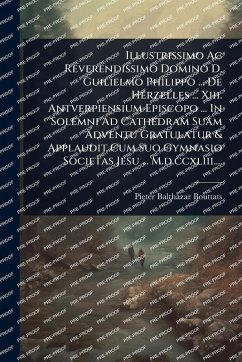
![Monumenta Dominationis PontificiÃ], Sive Codex Carolinus, Juxta Autographum Vindobonense EpistolÃ] Leonis Iii. Cover Monumenta Dominationis PontificiÃ], Sive Codex Carolinus, Juxta Autographum Vindobonense EpistolÃ] Leonis Iii.](https://bilder.buecher.de/produkte/74/74784/74784170n.jpg)
![Jus Ecclesiasticum Vetus Sive Thorlaco-Ketillianum Constitutum An. Chr. Mcxxiii. Kristinrettr Hinn Gamli, Cum Versione Lat., Notis [&c.] Ed. G.J. Thorkelin Cover Jus Ecclesiasticum Vetus Sive Thorlaco-Ketillianum Constitutum An. Chr. Mcxxiii. Kristinrettr Hinn Gamli, Cum Versione Lat., Notis [&c.] Ed. G.J. Thorkelin](https://bilder.buecher.de/produkte/53/53720/53720273n.jpg)
